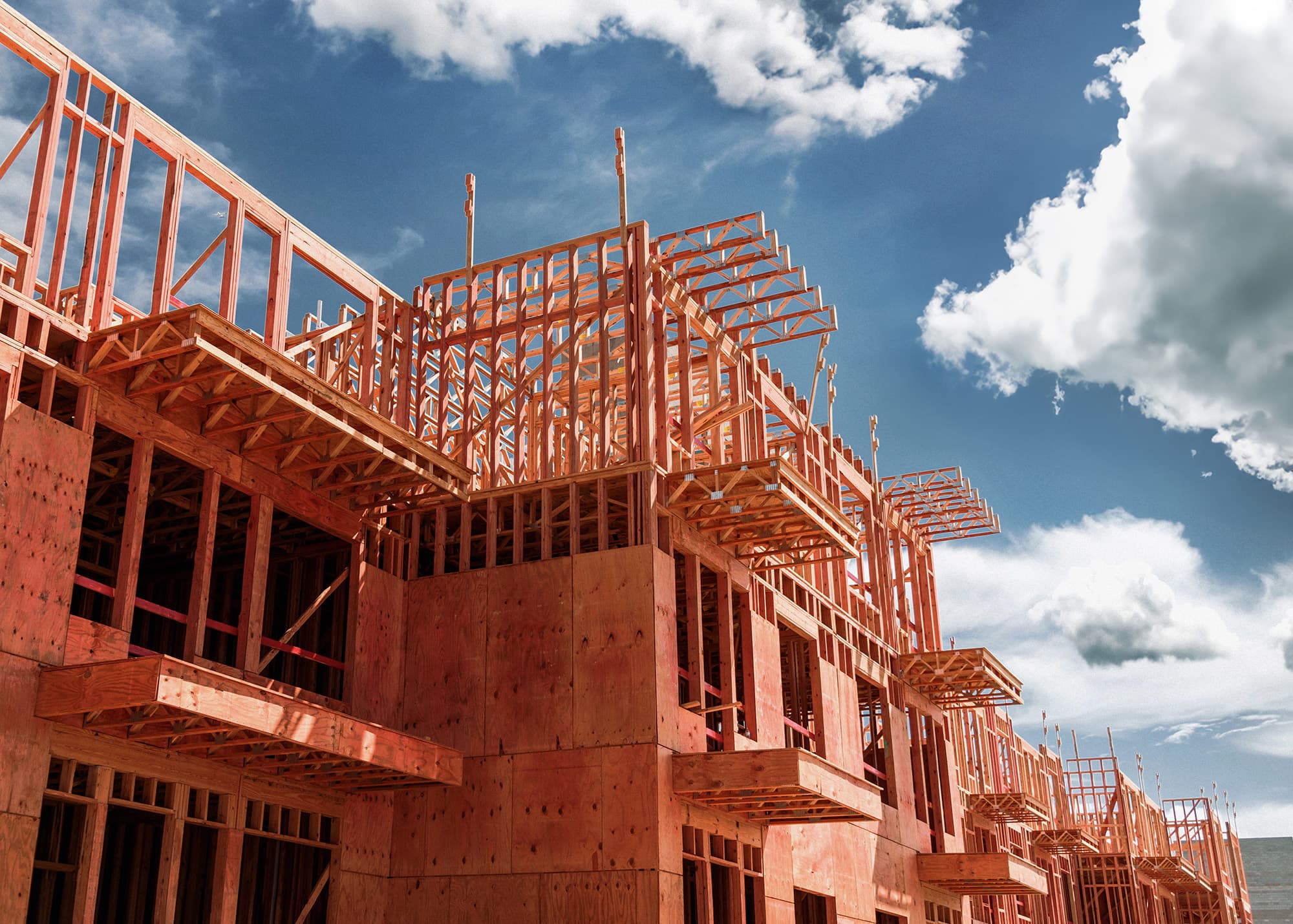In today’s construction environment, where cost pressures, building codes, and long-term performance all intersect, treated lumber materials are proving to be a cornerstone of smart building practices. For contractors, architects, and developers, advances in fire, mold, and moisture resistance are reshaping how wood products are specified across both residential and commercial projects.
Extending Service Life and Reducing Callbacks
Durability remains one of the most compelling advantages of treated lumber. By resisting fungal decay, insect damage, and weather-related degradation, treated products extend the lifespan of structures exposed to challenging environments.
“Every callback we prevent is time and money saved,” says Jason Ramirez, project manager at a Texas-based framing contractor. “Using properly treated lumber reduces liability for builders and ensures fewer warranty claims down the road.”
Applications range from ground-contact decking and fencing to structural framing materials that can maintain integrity in humid conditions. This level of reliability is particularly critical in multifamily developments, where maintenance costs and liability exposure are magnified.
Fire-Retardant Treatments Gaining Ground
With the rise of stricter building codes—particularly in the wildland–urban interface—fire-retardant treated wood (FRTW) is becoming a practical necessity. FRTW slows ignition, limits flame spread, and helps structures maintain stability under heat.
Builders in California and the Pacific Northwest report increasing demand for these materials, not just for code compliance but also for insurance qualification. For developers, the ability to specify FRTW can also speed approvals during the permitting process, an added benefit in high-growth markets.
Mold and Moisture Control on the Jobsite
Jobsite mold has become a costly issue for builders, particularly in multifamily and institutional projects where framing is exposed for extended periods. Modern mold-resistant treatments reduce susceptibility to moisture uptake, protecting lumber during construction delays and improving indoor air quality once the building is occupied.
Some treatments now integrate borate- or copper-based preservatives that provide resistance without compromising fastener performance or structural strength. Others leverage acetylation or thermal modification, offering chemical-free solutions with enhanced stability and reduced swelling.
Sustainability Meets Performance
Specifiers are increasingly seeking materials that balance resilience with environmental responsibility. Manufacturers are responding with waterborne preservatives, non-toxic formulations, and treatments certified by organizations such as FSC® and GREENGUARD®. Thermally modified and acetylated woods are especially attractive to architects who want both performance and natural aesthetics without relying on traditional chemical preservatives.
Economic and Regulatory Advantages
While treated lumber carries a modest premium over untreated options, the cost-benefit equation favors long-term savings. Extended product life, reduced maintenance, and compliance with evolving building codes help mitigate risks that can otherwise erode project profitability.
“In competitive bid environments, upfront cost always matters,” notes Sarah Lin, senior estimator at a national general contractor. “But when you look at lifecycle costs and code compliance, treated wood often delivers the best value for owners and developers.”
The Bottom Line
For trade professionals, specifying treated lumber is no longer an optional upgrade but an integral part of risk management, code compliance, and sustainable building practice. As the industry continues to emphasize resilience and long-term performance, treated lumber will remain a material category that rewards both builders and their clients.

